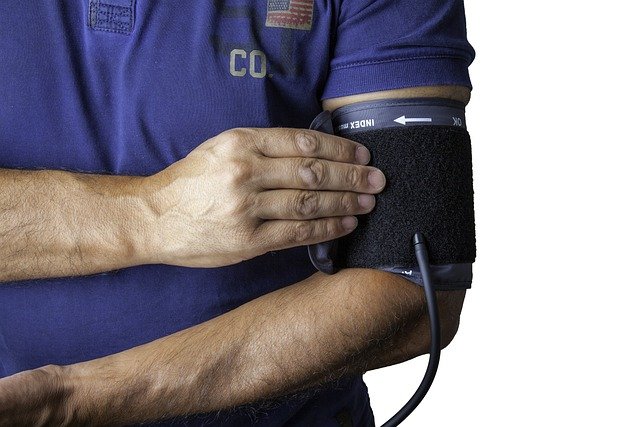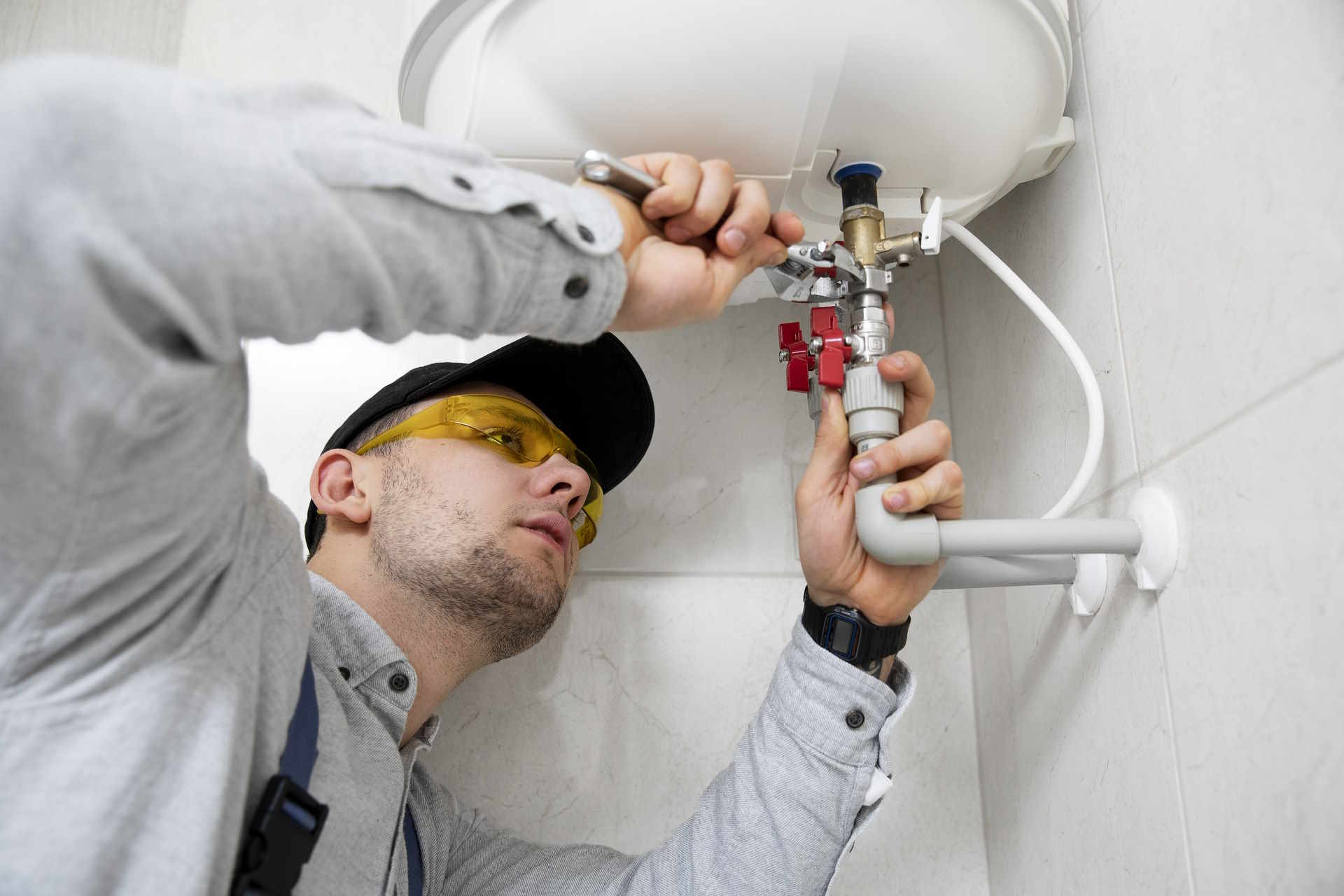Understanding Medical Equipment: What Patients Should Know About Their Care Tools
When receiving medical care, patients often encounter a variety of equipment—from simple devices like thermometers and blood pressure cuffs to complex machines such as ventilators or infusion pumps. Understanding what these tools do and how they support treatment can help patients feel more informed, confident, and involved in their care. Knowing the purpose and proper use of medical equipment also promotes safety, reduces anxiety, and encourages better communication with healthcare providers.

Navigating the world of healthcare can feel overwhelming, especially when faced with unfamiliar devices and technologies. Medical equipment ranges from basic monitoring tools to sophisticated life-support systems, each designed to serve specific diagnostic or therapeutic purposes. Whether you’re managing a chronic condition at home or recovering from a hospital procedure, knowing what these devices do and how they support your care can reduce anxiety and improve outcomes. This knowledge helps patients ask informed questions, recognize potential issues, and collaborate more effectively with healthcare providers.
Common Types of Medical Equipment and Their Uses
Medical equipment encompasses a broad spectrum of devices used across different care settings. Diagnostic equipment includes blood pressure monitors, pulse oximeters, thermometers, and glucose meters, which help track vital signs and detect health changes. Therapeutic devices such as nebulizers, CPAP machines, and insulin pumps deliver treatments directly to patients. Mobility aids like wheelchairs, walkers, and crutches support physical independence, while monitoring equipment such as heart rate monitors and electrocardiogram machines provide continuous health data. In hospital settings, more advanced equipment like ventilators, dialysis machines, and infusion pumps manage critical care needs. Each device serves a specific function, and understanding its purpose helps patients recognize its importance in their treatment plan. Home-use equipment has become increasingly common, allowing patients to manage conditions outside clinical environments with proper training and support from healthcare professionals.
How to Stay Safe When Using Medical Devices
Safety is paramount when interacting with medical equipment, whether in a hospital or at home. Always follow the instructions provided by healthcare professionals and read user manuals thoroughly before operating any device independently. Regular maintenance and cleaning are essential to prevent infections and ensure accurate readings. Check equipment regularly for signs of wear, damage, or malfunction, and report any concerns immediately to your healthcare provider. Keep devices away from water unless they are specifically designed to be waterproof, and store them in appropriate conditions to prevent damage. When using electrical equipment, ensure proper grounding and avoid using damaged cords or plugs. Never modify medical devices or use them for purposes other than intended, as this can compromise safety and effectiveness. Keep emergency contact information readily available, and know when to seek immediate medical attention if equipment malfunctions. For home-use devices, schedule regular check-ups with healthcare providers to verify proper usage and device functionality. Understanding alarm systems and error messages can help you respond appropriately when issues arise, potentially preventing serious complications.
Empowering Patients Through Knowledge and Communication
Active patient engagement significantly improves healthcare outcomes, and understanding medical equipment is a key component of this engagement. Don’t hesitate to ask healthcare providers questions about any device used in your care, including how it works, what readings mean, and what symptoms warrant concern. Request demonstrations and hands-on practice before taking equipment home, ensuring you feel confident in its operation. Keep a log of readings and observations, as this data helps medical teams adjust treatments and identify patterns. Communicate openly about any discomfort, anxiety, or difficulties you experience with equipment, as alternatives or adjustments may be available. Understand your rights as a patient, including access to information about devices, potential risks, and treatment alternatives. Building a collaborative relationship with your healthcare team creates an environment where questions are welcomed and concerns are addressed promptly. Many healthcare facilities and manufacturers offer educational resources, support groups, and helplines that provide additional guidance. Taking ownership of your health by learning about the tools that support it transforms you from a passive recipient of care into an informed partner in your treatment journey.
Maintaining and Troubleshooting Your Equipment
Proper maintenance extends the life of medical equipment and ensures accurate, reliable performance. Establish a regular cleaning schedule following manufacturer guidelines, using appropriate cleaning agents that won’t damage sensitive components. Replace batteries, filters, and other consumable parts according to recommended timelines, keeping spare supplies on hand. Calibrate devices as instructed to maintain measurement accuracy, particularly for equipment like glucose meters and blood pressure monitors. Store equipment in clean, dry environments away from extreme temperatures and direct sunlight. Document maintenance activities, including dates of cleaning, part replacements, and any issues encountered. When troubleshooting problems, start with simple solutions like checking power sources, connections, and settings before assuming major malfunctions. Consult user manuals for troubleshooting guides specific to your device. Contact manufacturers or healthcare providers promptly when problems persist, as attempting unauthorized repairs can void warranties and compromise safety. Many devices have customer support services that can guide you through common issues remotely. Keep warranty information and purchase receipts accessible for reference during service requests.
Understanding Medical Equipment Regulations and Standards
Medical devices are subject to rigorous regulatory oversight to ensure safety and effectiveness. In many countries, regulatory agencies evaluate devices before they reach the market, assessing clinical data, manufacturing processes, and risk management protocols. Understanding these standards helps patients recognize quality equipment and make informed decisions. Look for regulatory approval marks and certifications when selecting devices for home use. Manufacturers must report adverse events and device malfunctions to regulatory authorities, contributing to ongoing safety monitoring. Patients can also report problems directly to regulatory agencies, helping identify potential safety issues that affect broader populations. Quality standards ensure that devices perform consistently and reliably across different environments and users. When healthcare providers recommend specific equipment, these recommendations typically reflect evidence-based assessments of safety and efficacy. Staying informed about recalls and safety alerts related to your equipment protects you from known risks. Regulatory frameworks continue evolving as technology advances, incorporating new device categories and updating safety requirements to reflect current medical knowledge and technological capabilities.
This article is for informational purposes only and should not be considered medical advice. Please consult a qualified healthcare professional for personalized guidance and treatment.




